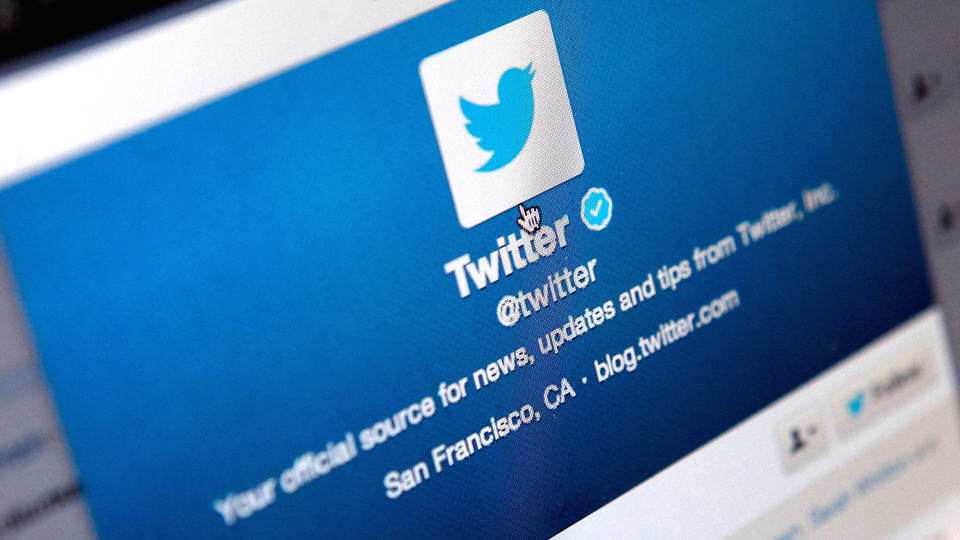Twitter’s initial public offering of 70 million shares at a price of $26 a share has left investors wary of the company’s valuation. An IPO is the first time a corporation issues part of its ownership to the public.
The IPO raised $1.8 billion, which means Twitter is valued at around $18 billion. The valuation seems peculiar to a few, since Twitter hasn’t recorded a profit to date. In fact, in 2013, Twitter posted three consecutive quarters of losses, totalling $134 million, though the company also generated $422 million for the same period, which interested investors.
Something to keep in mind is that Twitter has an active member base of 232 million users per month. Very few are producing content, but this isn’t a problem since Twitter’s business model is centred on advertising. The three main ways Twitter makes money are sponsored tweets, sponsored accounts, and paying for trends. And while advertising comprises 85% of Twitter’s revenue, these advertising techniques are considered relatively unintrusive.
The other 15% of the revenue is made by selling analytical data to companies, which can be used to gauge people’s sentiment towards a certain product or brand. And with 500 million tweets every day, the sample size is big enough to make reasonable and useful inferences.
Twitter was the breakthrough in real-time marketing, making it a desirable investment. When a 35-minute power outage interrupted this year’s Super Bowl, Oreo used real-time marketing to advertise their product by tweeting, “No power? No problem. You can still dunk in the dark.”
Since Oreo was aware that 23 million tweets were posted during the blackout, it used a unique strategy to reach a wide range of consumers, and received praise for it. This example shows how valuable Twitter is from a marketing standpoint.
Twitter definitely has a lot of room for growth and is currently investing vast amounts of money into advertising technology while looking to expand its team. Whether their business model is sustainable enough to warrant an investment remains to be seen.

